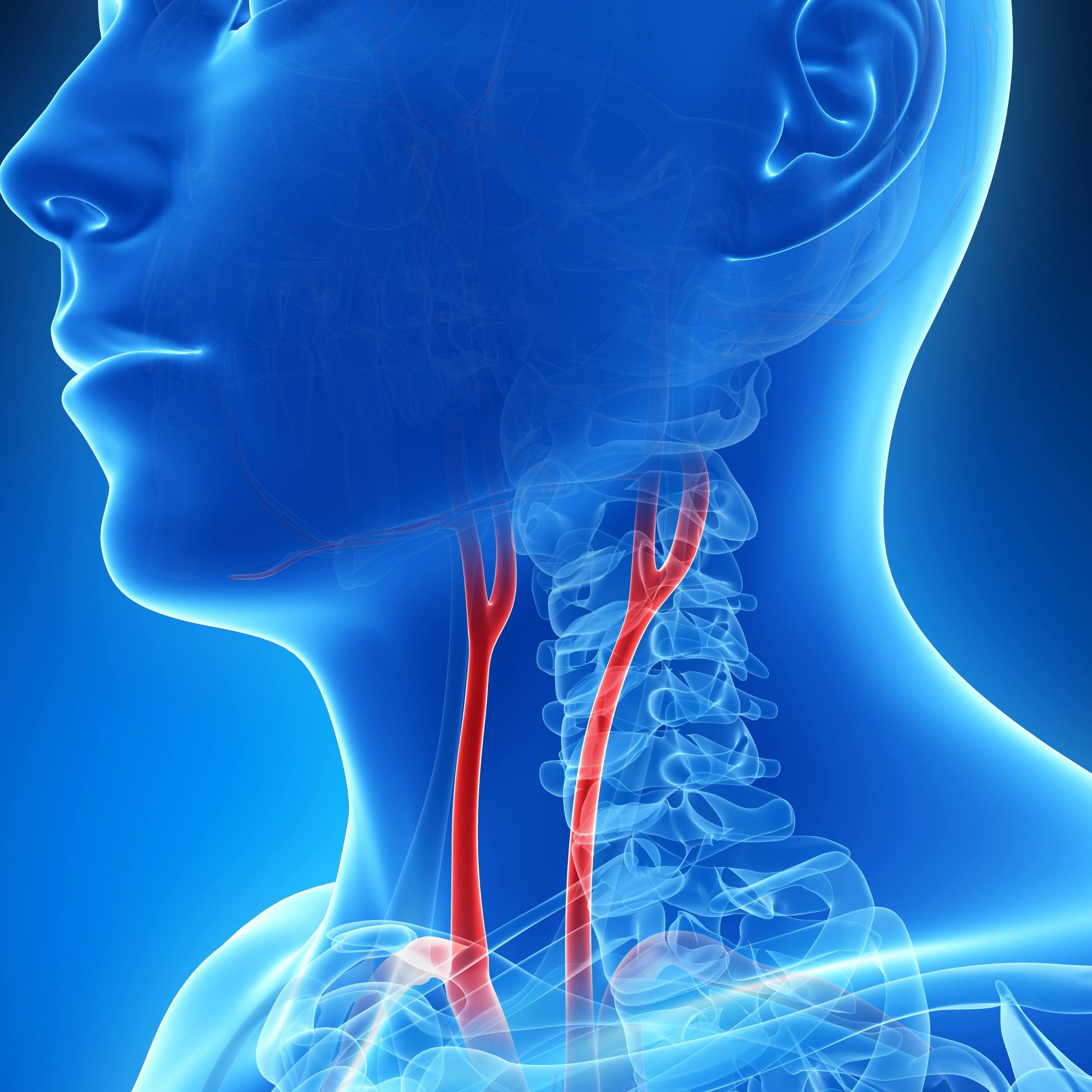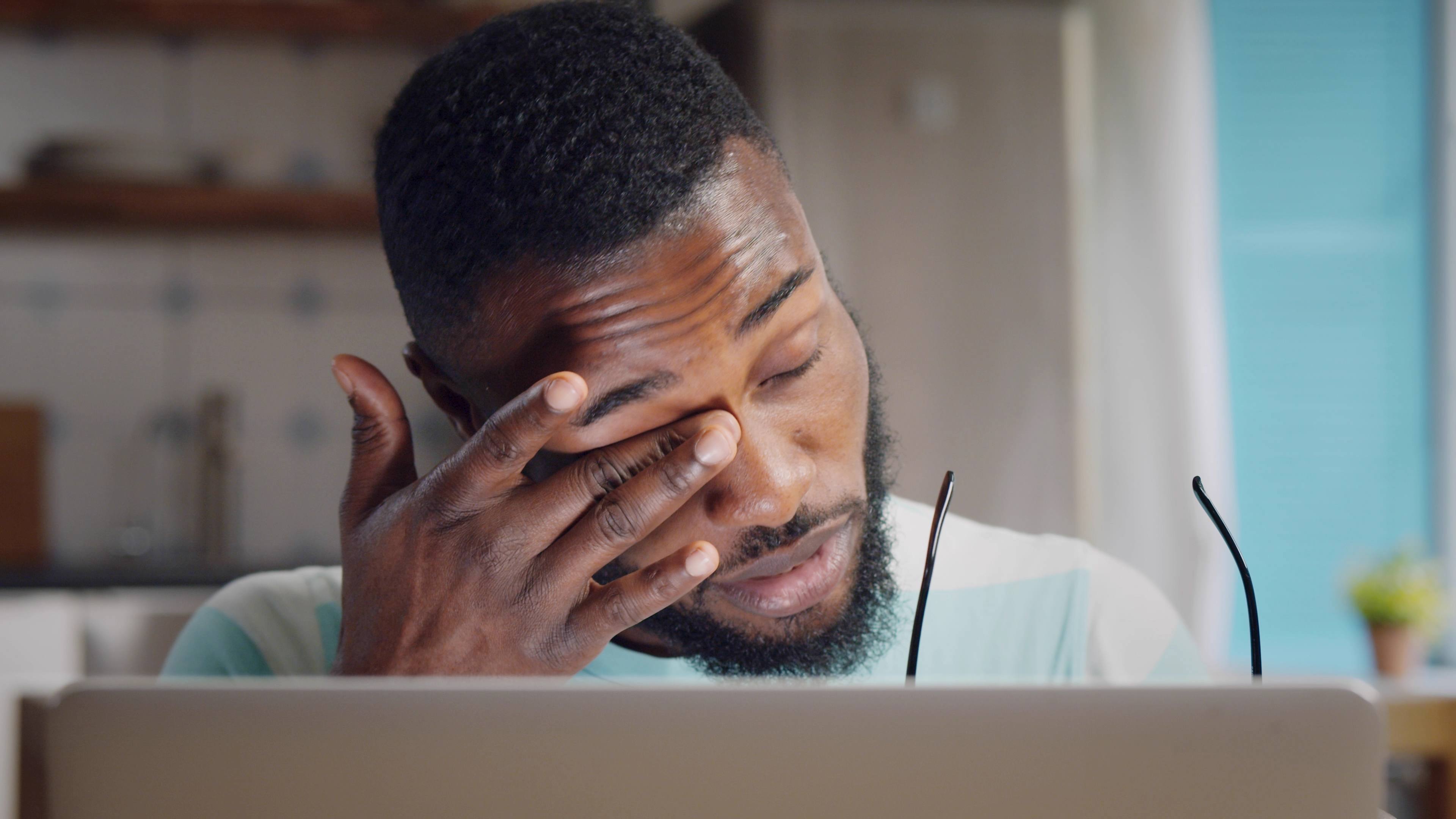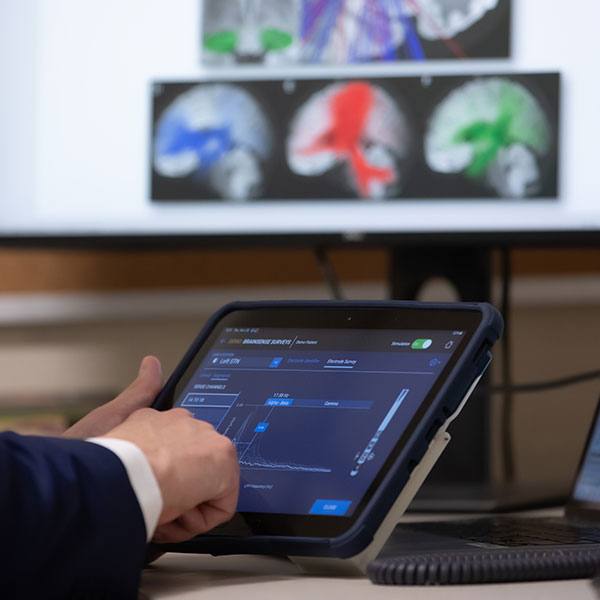-
Sharing Mayo Clinic: Walking easy after minimally invasive spine surgery
After a 37-year career at a petroleum company, Dan Hofferber was looking forward to retirement. But in 2014, Dan started having trouble with one of his legs. The muscle in his left thigh would tighten up, causing unbearable pain that made it hard to walk.
“I was used to walking a mile or two, and I couldn’t do that anymore,” says Dan, who travels to Florida for spring training every year with his wife, Carol.” I couldn’t even walk from the parking lot to the baseball stadium.”
The pain prompted Dan to seek care in his hometown of Billings, Montana. After several months without relief, a family member urged him to go to Mayo Clinic. Dan took that advice, traveling to Mayo Clinic's Rochester campus. There, he met neurologic surgeon Mohamad Bydon, M.D. Dan was immediately impressed.
“I think Dr. Bydon is wonderful. He has a great sense of humor, and he’s so interested in what’s happening to you,” Dan says. “He makes you feel like you are the only patient he’s seeing that day.”
After meeting with Dan and running several tests, Dr. Bydon, along with a multidisciplinary care team, recommended Dan undergo a minimally invasive spine surgery. It was the answer he needed. Dan can now walk without pain again, and he’s eagerly anticipating a return trip to spring training.
Futile attempts at relief
Dan first visited a doctor to find out what was wrong with his leg in April 2015, when he went to see an orthopedic surgeon in Billings. That doctor recommended Dan schedule a consult with a neurologist. The neurologist recommended Dan have an MRI of his back and an electromyogram — a test that assesses the health of muscles and the nerve cells that control them. Using those test results, the doctor determined the pain in Dan’s leg was due to a problem in his spine.
Dan was diagnosed with degenerative spinal stenosis, a narrowing of the open spaces within the spine. This puts pressure on the nerves that travel through the spine to the arms and legs. To treat the stenosis, the neurologist suggested Dan have a series of epidural steroid shots to reduce inflammation of the nerves that were being pinched and causing the pain.
But after getting little relief from the shots, Dan sought more answers. He went back to see his neurologist the day before Thanksgiving 2015. This time, the doctor recommended surgery and referred Dan to a neurosurgeon. Dan would spend another six weeks in pain until he could get in to see the neurosurgeon.
“I had to spend most of my day sitting,” Dan says. “I used to be active. This was depressing.”
When he saw the neurosurgeon, Dan was told the solution was a laminectomy, a surgery that enlarges the spinal canal to relieve pressure on the nerves. Dan thought the laminectomy was the only hurdle he needed to get past. But during an appointment before the procedure, Dan received upsetting news. His insurance would not cover the surgery. After an unsuccessful appeal of the insurance company’s decision, and with no other treatment options available, Dan felt helpless.
“I was left on my own to fight my battle and find treatment,” says Dan. “I was afraid I would be confined to a wheelchair or have to use a walker permanently.”
Identifying the problem
Meanwhile, Dan’s son told him needed to go to Mayo Clinic. Dan decided it was worth a try. After calling Mayo Clinic and sending his medical records to the Department of Neurosurgery, Dan received a call that he had an appointment.
Upon his arrival at Mayo Clinic on July 11, 2016, Dan underwent a series of tests. He also met with a team of spine experts that included Dr. Bydon, as well as Ralph Gay, M.D., a physician in the Department of Physical Medicine and Rehabilitation. Dr. Bydon and Dr. Gay believed Dan would benefit from a weight-bearing study, such as a dynamic CT myelogram.
“Mr. Hofferber’s case is a good demonstration of the Mayo Model of Care. Working together as a multidisciplinary team, we did a thorough workup and identified the source of his problem.” — Dr. Mohamad Bydon
“The dynamic CT myelogram showed he was having severe stenosis when he was in a weight-bearing position,” says Dr. Bydon. “Because the prior studies he had at his local facility were supine (Dan was lying down), they failed to reveal the true extent of his stenosis.”
Because his diagnosis and pain were better understood through this new finding, Dan was able to receive insurance coverage for his care. Dr. Bydon suggested doing a minimally invasive laminectomy to remove a ligament overgrowth. The overgrowth was putting pressure on the nerves in his lumbar spine and causing Dan’s pain.
A satisfying solution
Dan had outpatient surgery at Mayo Clinic on Aug. 16, 2016. After the surgery was over, he was able to go back to his hotel the same day.
“During the procedure we opened a keyhole in the bone to access the ligamentous hypertrophy, and we removed the ligament on both sides of the thecal sac,” Dr. Bydon says. “We successfully relieved the compression that was causing his pain and preventing him from walking.”
The minimally invasive technique used for this surgery typically allows for faster recovery and tends to lower the risk of stenosis returning in the future. Soon after surgery, Dan noticed a big difference in his pain level.
“Everyone that worked with me at Mayo Clinic was fantastic….From the person at the front desk to the person at the business office, everyone was just super.” — Dan Hofferber
“I feel so much better,” he says. “I can't begin to explain what it means to be able to move around again.”
“Mr. Hofferber’s case is a good demonstration of the Mayo Model of Care,” says Dr. Bydon. “Working together as a multidisciplinary team, we did a thorough workup and identified the source of his problem. We targeted the area with a minimally invasive procedure rather than doing a larger surgery that he may not have needed.”
Dan is grateful for his care at Mayo Clinic, and he particularly appreciates the compassion and service with which it was delivered.
“Everyone that worked with me at Mayo Clinic was fantastic,” Dan says. “They’re just so warm and friendly. All the nurses told us they were so proud to work at Mayo. From the person at the front desk to the person at the business office, everyone was just super.”
HELPFUL LINKS
- Learn more about spinal stenosis.
- Read about Neurology and Neurosurgery at Mayo Clinic.
- Explore Mayo Clinic’s Rochester campus.
- Request an appointment.








